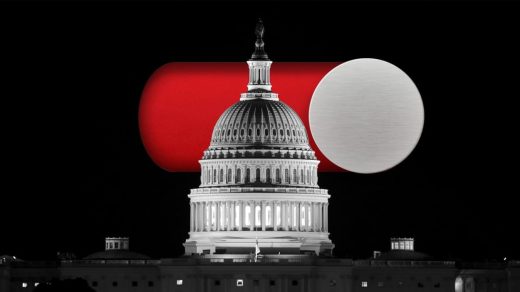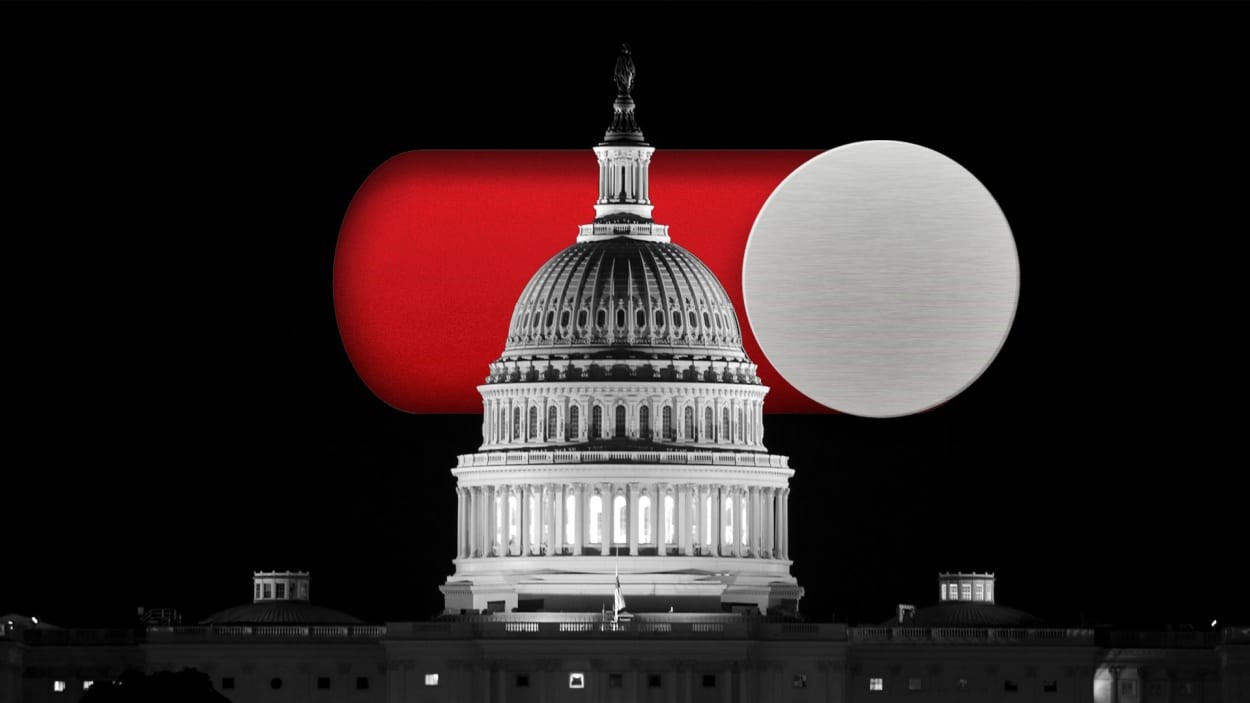The U.S. government is one step closer to a shutdown today after a stopgap measure by House Speaker Kevin McCarthy was shot down by right-wing Republicans, the New York Times reports. The temporary funding measure was already seen as a long shot, but its failure makes likely that the Saturday deadline to pass a funding bill and keep the government running will be missed.
According to the Associated Press, Republican leaders were considering their options in a closed-door meeting on Friday, but things aren’t looking good.
See below for all the ways that a shutdown will impact federal agencies and workers.
Original story:
In a Congress as polarized as ours, it’s little surprise when there are disagreements about passing the legislation necessary to fund the government for another year. The disagreements between the two main parties over not just politics and economics, but ideology, are too numerous to list, but one thing is simple: If the parties do not agree to pass a government funding bill by 11:59 p.m. on Saturday, September 30, parts of the United States government will shut down at 12:01 a.m. Sunday morning, October 1.
But which parts of the government actually shut down during a government shutdown? Contrary to what the term suggests, a government shutdown doesn’t see every institution in the government close up shop. Here are the parts of government that actually shut down during a government shutdown (via Reuters):
Civilian Pentagon employees: The U.S. military doesn’t go anywhere during a government shutdown and keeps operating pretty much as normal. However, about half of the Pentagon’s 800,000 civilian employees would be instantly furloughed.
Civil litigation: Law enforcement agencies including the FBI and DEA would continue to function. Criminal prosecutions would go ahead as normal, too. But civil litigation would be postponed.
Courts: Federal courts would stay open until at least October 13, because they have funds until that date. After that date passes, activities in the federal courts could be scaled back.
Airport staff: Airports would continue to function since air-traffic control workers would be required to work. However, Reuters notes that during the
2019 government shutdown, there was a spike in air-traffic controllers calling in sick, which meant some airports had to shut down.
National parks: Many national parks and monuments remained open during the last shutdown—but many closed during the 2013 shutdown. It’s not known what will happen to them during this shutdown, if it occurs. It’s possible national parks could remain open, but information desks and access to restrooms could be closed.
Science institutions: Employees at the National Institutes of Health, the National Science Foundation, and the National Oceanic and Atmospheric Administration (NOAA) would be furloughed. So would most NASA employees, except for those responsible for tracking satellites or supporting the International Space Station.
Food and health institutions: Half of the Centers for Disease Control and Prevention employees would be furloughed, affecting CDC programs. Most National Institutes of Health employees would also be furloughed, meaning clinical trials would grind to a halt. The Food and Drug Administration (FDA) may be forced to delay food-safety inspections. Inspections of drinking water facilities would stop. The Supplemental Nutrition Assistance Program (SNAP) may not be able to offer food assistance and grocery stores would not be able to renew their licenses.
Economic and financial institutions: The Securities and Exchange Commission (SEC) would furlough most of its employees. The Labor Department’s Bureau of Labor Statistics would cease to function, meaning companies and organizations wouldn’t get access to its all-important monthly labor statistics.
Disaster relief: The Federal Emergency Management Agency (FEMA) could run out of funds to help disaster victims should a disaster occur.
Student loans: Most of the Education Department would be furloughed, meaning student loan payments (those paid to students so they can pay for school) could be disrupted.
Head Start preschool program: Low-income families with children will lose access to the Head Start preschool program.
Small business impact: The Small Business Administration (SBA) will not be able to issue any new loans to small businesses.
Labor and workplace: The National Labor Relations Board would furlough most of its staff, meaning it could not mediate labor disputes.
Among the institutions that would not be affected by a government shutdown are the military, the Internal Revenue Service (IRS), the U.S. Postal Service, the Social Security Administration (SSA), Medicare and Medicaid, the Federal Deposit Insurance Corporation, and U.S. embassies and consulates.



